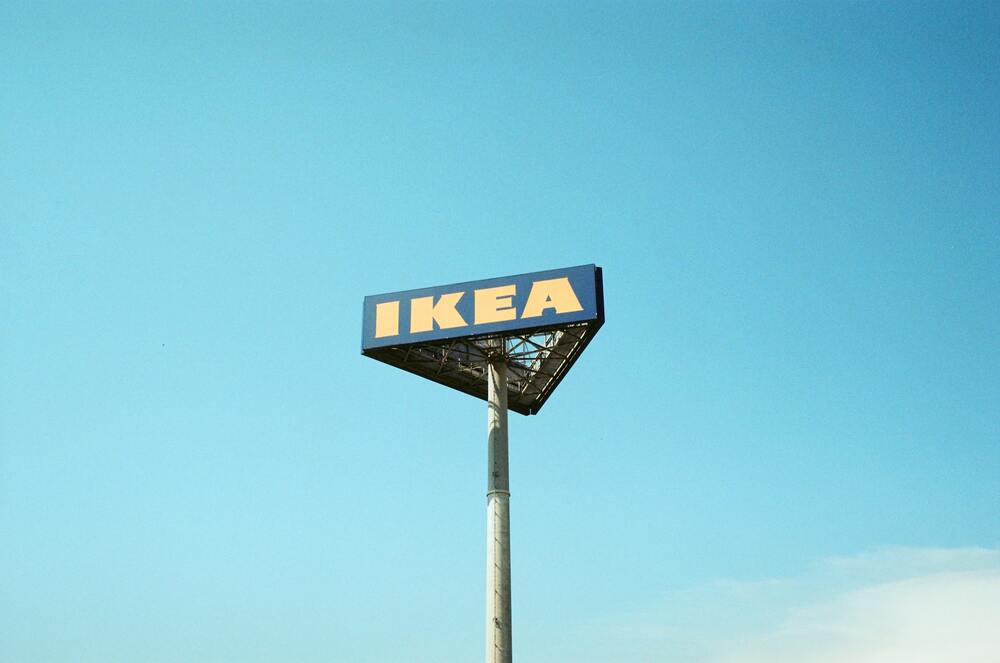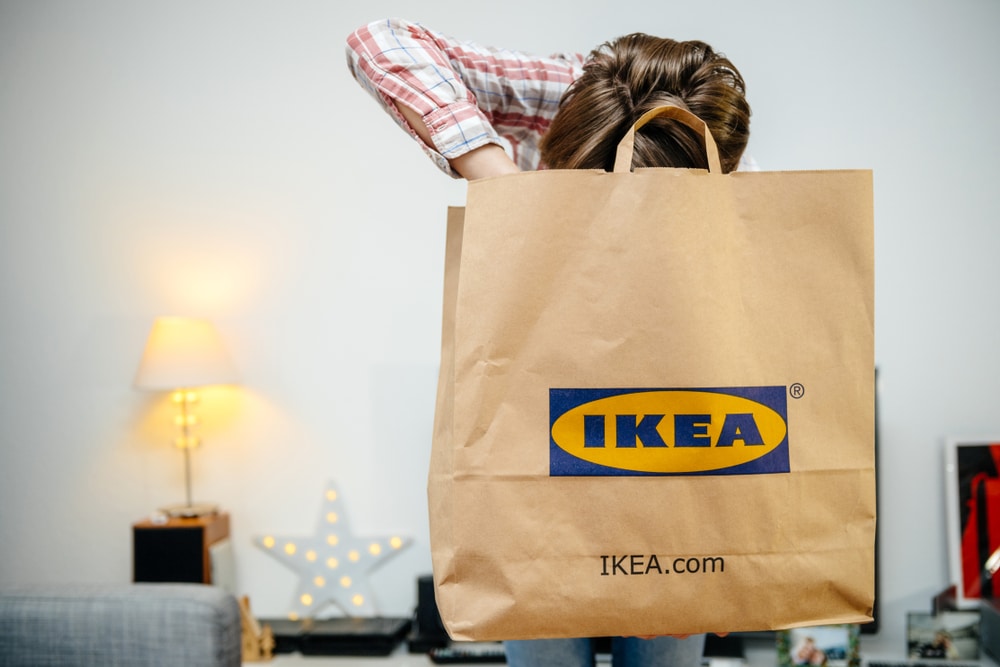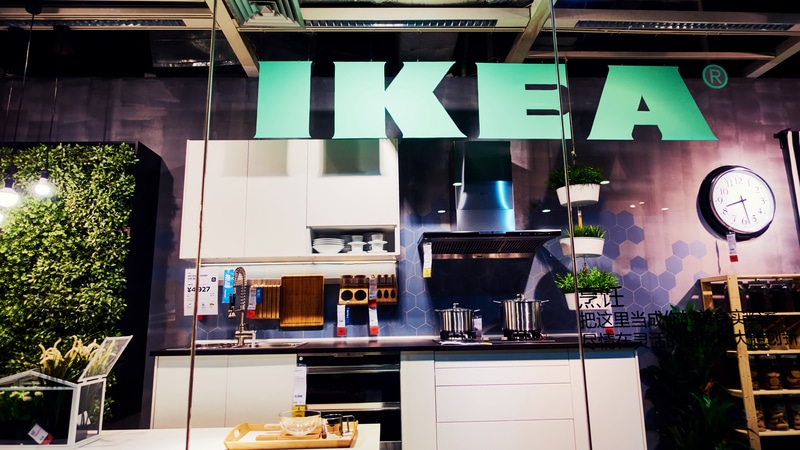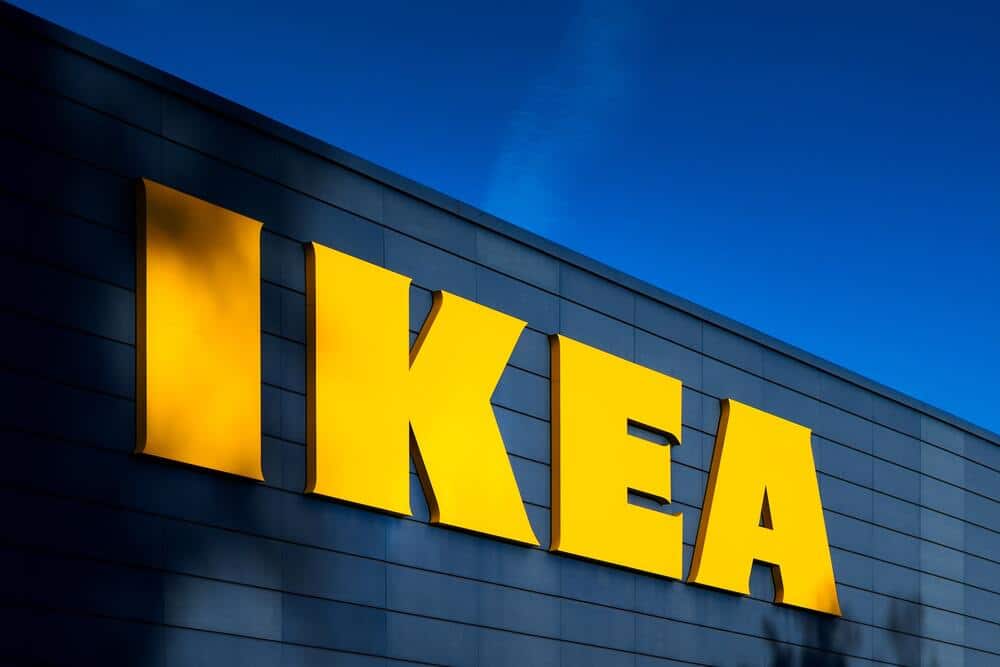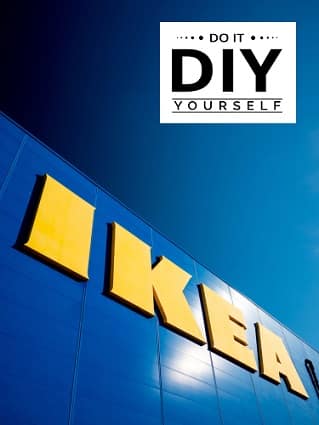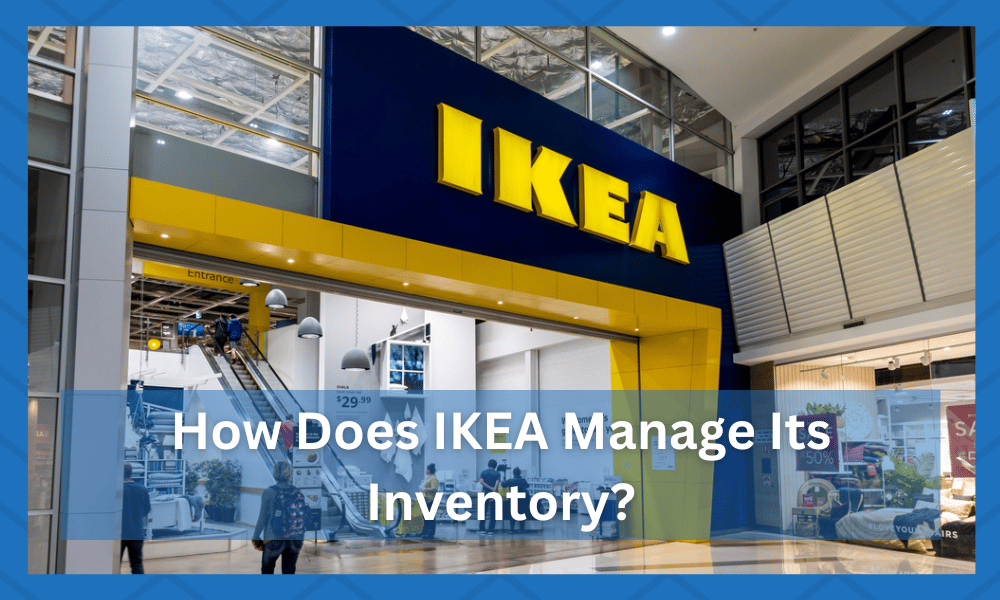
It can be a staggering question. Each IKEA store has about nine thousand five hundred products and a minimum of two hundred and ninety-eight stores.
That’s a lot of inventory to handle, and IKEA does it so that each store can have everything in stock. How do they do it?
Part of the answer is in the do-it-yourself packaging. This allows a product such as a table or a chair to lay flat rather than have all kinds of air around it and take up more space.
There are a lot of benefits to this means of handling inventory. It makes shipping products more efficient, besides allowing for better inventory management.
IKEA stores are all huge. That means more inventory can be stored in the store and not in a warehouse. The size of the individual stores means more products are available for the consumer, and fewer are waiting to be shipped.
IKEA also uses local products to make what it sells. This is a conscious effort on their part, and it does several things.
It helps the local economy, reduces its carbon footprint, and allows for better inventory management. It does that by skipping some of the intermediate steps of marketing products in various regions of the world.
How Does IKEA Manage its Inventory?
The next question is, where are the IKEA warehouses? The answer may surprise you. Most companies have warehouses separate from their stores.
That way, the buildings can be smaller, with a few larger complexes around the region. Not IKEA. Their warehouses are on the premises of their stores.
Once again, this cuts its carbon footprint and several middle steps and keeps items available for consumers.
Supplier relations are another way in which IKEA manages its inventory. Those who supply the materials for the furniture and other products the company sells are in fifty countries.
The company doesn’t have to ship inventory all over the place with local suppliers. It can go from the supplier to the store for better management.
IKEA has something called IWAY, which is its method of keeping an eye on suppliers, franchisees, and employees. IWAY ensures that every product is sustainable.
If it’s plastic, it is recycled plastic. If it’s wood, cotton, or hemp, it’s sustainably farmed. Not only that but the employees of the suppliers and those that work for the various stores must be treated fairly.
How does that help inventory management? Less space is needed without manufacturing more waste products such as regular plastic. It also frees up room in landfills for more wasteful stuff from other companies.
Improved employee/employer relations help to cut down on mistakes. Tired, overworked employees make mistakes, and when managing inventory the size of IKEA’s, that can cost more than just space. It can potentially hurt people.
The culture of IKEA is that of community and value. This can be seen in more than just inventory management; it is an integral part of the entire company.
1. Inventory Tracking System
IKEA has a sophisticated inventory tracking system that tracks and monitors the number of items available in their warehouses and stores.
This system also helps them predict customer demand more accurately. The company uses advanced software designed for comprehensive supply chain management.
This software tracks all incoming orders from the store and suppliers. It also tracks all outgoing shipments made to customers and the company’s warehouses.
2. Inventory Planning
IKEA uses a demand-driven inventory planning system which helps them anticipate customer needs while keeping their inventory levels low.
This helps reduce storage costs by preventing overstocking and eliminating backorders due to insufficient inventory.
The company also uses a computer-aided forecasting system to draw from past sales data and customer behavior patterns to predict customer demand better.
3. Order Fulfillment
IKEA has an efficient order fulfillment process that helps them get products quickly and accurately into customers’ hands. They use a barcoding system and RFID tracking to ensure that the right item is delivered to the right customer.
The company also uses automated warehouse systems, including robotics and conveyor belts, to quickly pick and pack orders.
4. Supply Chain Optimization
IKEA strives to optimize its entire supply chain to reduce costs and increase efficiency.
They use technology such as artificial intelligence and machine learning to identify trends in consumer behavior, enabling them to anticipate customer demand.
Additionally, the company uses predictive analytics to predict when an item will likely be popular or out of stock. This helps them order from suppliers at the optimal time, ensuring they have enough inventory without overstocking.
These are the main components of IKEA’s inventory management system: tracking, planning, order fulfillment, and supply chain optimization.
By employing these strategies, the company can keep its inventory levels low while meeting customer demand quickly and accurately.
This helps them remain competitive in the global marketplace by providing customers with an efficient and cost-effective shopping experience.
IKEA has an effective inventory management system that helps them anticipate customer needs and optimize their entire supply chain.
This allows them to keep their costs low while providing excellent customer service. The company’s success is a testament to the effectiveness of its inventory management system.
Using this system, IKEA can remain competitive in the global marketplace by providing customers with an efficient and cost-effective shopping experience.
The company has also achieved great success by using advanced technology such as artificial intelligence and machine learning to predict customer demand better.
By staying ahead of the competition, IKEA can consistently provide customers with the products they need at a low price.
With their inventory management system, IKEA can ensure that they always have enough inventory while avoiding overstocking. This helps them keep their costs low and increases their profits in the long run.
Additionally, their order fulfillment process is highly efficient, helping them get products quickly and accurately into customers’ hands.
Finally, IKEA’s use of predictive analytics allows them to predict when an item is likely to be popular or out of stock to manage its inventory levels better.
In summary, IKEA has an effective inventory management system that helps them anticipate customer needs and optimize their entire supply chain.
This system has allowed the company to remain competitive in the global marketplace by providing customers with an efficient and cost-effective shopping experience.
By using advanced technology such as artificial intelligence and machine learning, IKEA can better predict customer demand and keep its costs low while also providing good service.
What’s so different about IKEA’s inventory management?
IKEA has developed a unique and highly efficient inventory management system that effectively manages its vast range of products.
The company has invested heavily in developing user-friendly software and systems that enable it to reduce the cost of managing inventory while simultaneously improving customer satisfaction.
One key element of IKEA’s inventory management system is its use of a centralized database to track and store data about the company’s products.
This database allows IKEA to monitor each item’s availability, pricing, and other important details in real time. The company can also generate reports that help them understand which items are selling more quickly and which need to be reordered.
Another key element of IKEA’s inventory management is its automated ordering process.
The company has developed systems that allow it to automatically order items when they reach a certain level of demand in the market, eliminating the need for manual intervention.
This system ensures that the right products are ordered at the right time, helping to keep IKEA’s shelves stocked.
IKEA has also invested in automated forecasting and planning systems that can accurately predict future sales trends.
These systems help the company to understand customer needs better and anticipate changes in demand for certain products, enabling it to make well-informed decisions about its inventory.
IKEA has put in place a range of other measures to help ensure the efficient management of its inventory.
These include using RFID technology for tracking and tracing goods and implementing a just-in-time delivery system that allows it to restock stores when demand increases suddenly quickly.
How does a well-managed inventory boast business?
Having a well-managed inventory is an integral part of running a successful business. It can have multiple benefits, including increasing efficiency and savings while reducing costs and optimizing product availability.
When it comes to IKEA, managing its inventory is one of the keys to success.
IKEA has been known for its efficient use of inventory management since the company’s inception in 1943. They have strategies for managing their inventory tailored to fit the retail environment and meet the needs of IKEA customers.
Conclusion:
IKEA has successfully utilized inventory management to ensure customer satisfaction, reduce costs, and increase efficiency.
IKEA can easily manage its vast array of products using artificial intelligence and machine learning, predictive analytics, a centralized database system, automated ordering systems, and other measures such as RFID technology and just-in-time delivery systems.
. With a well-managed inventory, IKEA can stay ahead of customer demand while keeping its costs low and increasing overall profitability.

